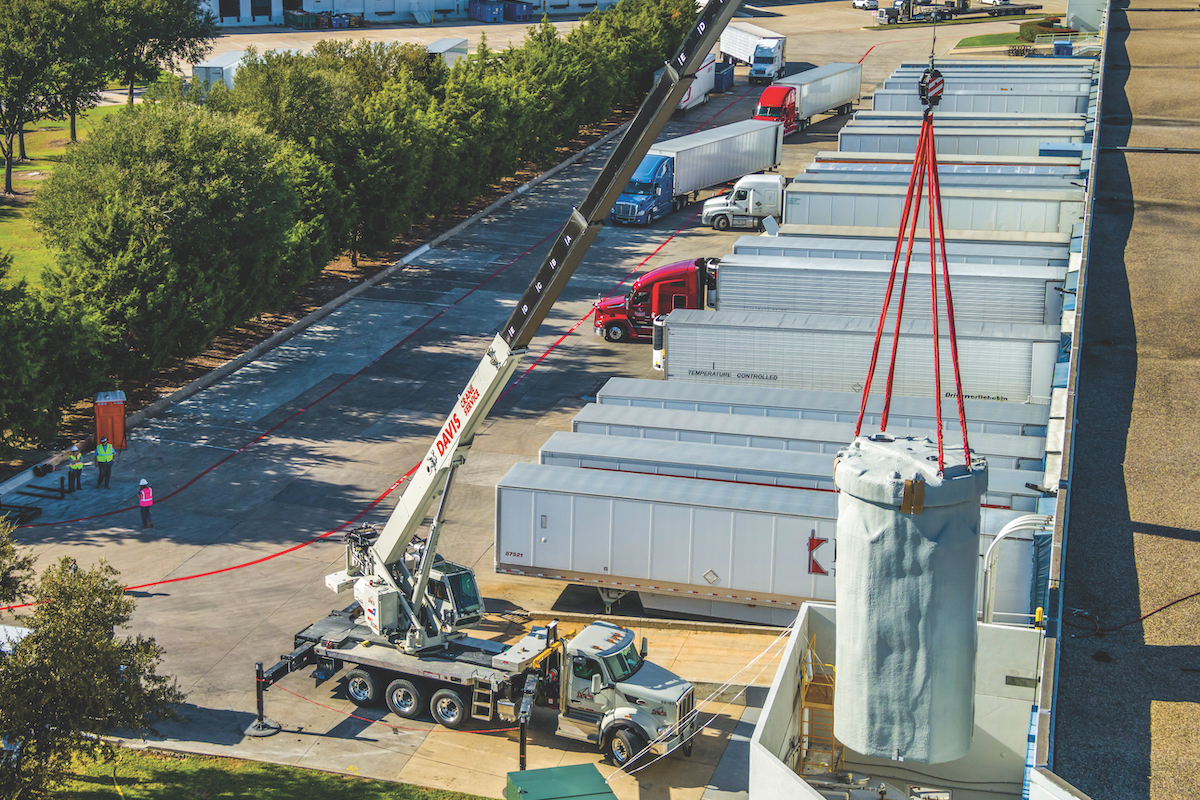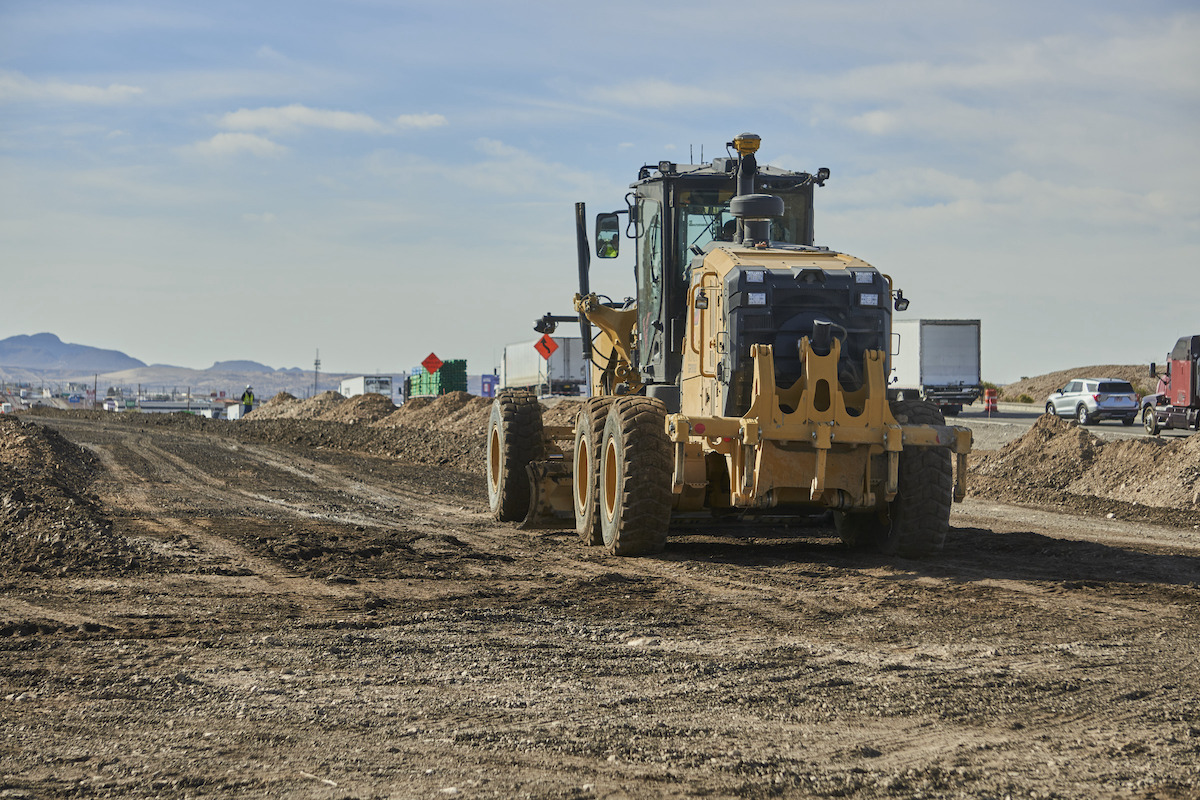This growth, though, is not likely to last. Given the emerging consensus among other economists that the economy will fall into a recession this year, a discussion around identifying the end of the business cycle is in order.
RSM now forecasts a 75 percent chance of a recession over the next 12 months, an increase over our previous estimate of a 65 percent probability in the second half of the year. This change has been driven by the likelihood of tighter lending standards following the recent turmoil in the banking sector.
This higher probability of a recession follows a period of strength in the economy. If anything, the “R” word that should be used in connection with the American economy should be resilient, not recession. That nearly two years of elevated inflation and interest rate increases have not resulted in a recession by now is something to be analyzed and understood.
Yet that resilience appears to be giving way. The Federal Reserve’s rate hikes are starting to pull down growth just as tighter lending will probably cool the economy further over the next few months. The risks of a recession despite that resilience cannot be discounted.

| Your local Wirtgen America dealer |
|---|
| Kirby-Smith Machinery |
| Nueces Power Equipment |
While it’s up to the National Bureau of Economic Research to identify the peak and trough of each business cycle after the fact, it’s equally important for businesses and households to analyze economic crosscurrents so they can plan for what’s ahead.
Let’s start with the NBER’s definition of a recession, which involves a significant decline in economic activity that is spread across the economy and lasts more than a few months. It treats three criteria – depth, diffusion and duration – as somewhat interchangeable in its analysis.
The most recent example is the plunge in economic activity during the pandemic, which lasted for two months and overwhelmed the NBER’s traditional criteria of a recession.
In contrast, the negative growth in two consecutive quarters at the start of 2022 was not identified by NBER as a recession, primarily because it did not occur contemporaneously with a broad-based decline in employment and real final sales.
The NBER looks at several indicators to identify the chronology of a business cycle, including:
- Real personal income less transfers
- Nonfarm payroll employment
- Employment as measured by the household survey
- Real personal consumption expenditures
- Wholesale and retail sales adjusted for price changes
- Industrial production
It’s important to note the NBER’s finding that the economy is usually expanding. Recessions occur, but they are usually short-lived.
Consider industrial production, an area of the economy that is sensitive to interest rates and grows along with the expansion of the business cycle, but often peaks long before the end of each cycle. At the end of some cycles, industrial production has dropped quickly, but only after the economy has slipped into a recession. Most recently, industrial production had already become contractionary in 2019 before the economy suffered from the 2020 health crisis.
While industrial production is still growing, manufacturing sentiment has resided in terrain consistent with a recession for the past four months.
And it is quite clear that the real estate sector – another area of the economy sensitive to interest rates – has been in recession for some time.
To begin with, the Federal Reserve has determined that restoring price stability is in the long-term best interest of the economy. Price stability is a precondition of maximum sustainable employment, and inflation must be reduced to tolerable levels to cool an overheated economy.
The effect of increasing rates by 475 basis points over the past 12 months is finally having an effect on inflation, investment decisions and, increasingly, the labor market. Upcoming economic data on gross domestic product and the personal consumption expenditures index should demonstrate further signs of cooling in the economy.
But with underlying inflation still running somewhere between 4 percent and 5 percent, it will be some time before the all-clear signal can be declared on inflation and the policy rate can be cut.
The Federal Reserve increased its policy rate by 25 basis points at its May 3 meeting and we do not expect any rate cuts this year.
In terms of a possible wage-price spiral, wages for higher-paying manufacturing jobs have dipped to less than a 5 percent yearly growth rate in the past two months.
Average hourly earnings that were growing by 7 percent in March 2022, before the Fed began its rate hikes, have slowed to a 5.1 percent yearly growth rate, with most of those gains occurring among lower-wage jobs.
In terms of employment opportunities, which indicate the demand for labor and, ultimately, the cost of labor, there are now signs of maturation in the labor market similar to what occurred at the end of each of the business cycles since the 1970s.
As one would expect, the demand for labor increases along with the progression of the business cycle. Increased economic activity results in higher demand for labor and fewer job losses. But as the business cycle wanes, the demand for labor wanes, and job losses increase. We see this in the months before a recession officially begins.
For instance, in September 2022, the U.S. Bureau of Labor Statistics reported 1.76 million permanent job losses. Six months later, there were nearly 2.12 million permanent job losses.
If this increase in job losses were to persist, that would suggest an increase in the supply of available labor and a reduced need to offer higher wages.
The loss of jobs and the reduction in income imply a growing reluctance to spend on the part of households and businesses and a slowdown in overall economic activity.
We don’t expect this to happen overnight. Businesses will be reluctant to shed workers who were so hard to attract after the pandemic.
There will be sustained demand for labor for the infrastructure programs enacted in 2021–22. And there will be continued government spending on defense outlays and likely additional special supplemental spending bills to support efforts in Ukraine. All these dynamics will stoke industrial production and moderate job losses.
Still, recessions are typically the result of a financial or economic shock that pushes a mature business cycle into recession.
The recent turmoil among small and regional banks will almost certainly result in tighter lending. Small firms obtain roughly 70 percent of their commercial and industrial loans from these institutions.
This tighter lending, in turn, will place an additional constraint on growth in the real economy in the middle of the year.
Tighter lending and a bout of financial turmoil caused by the political sector are possible tipping points that could turn a Fed-induced slowdown into a recession.








































































